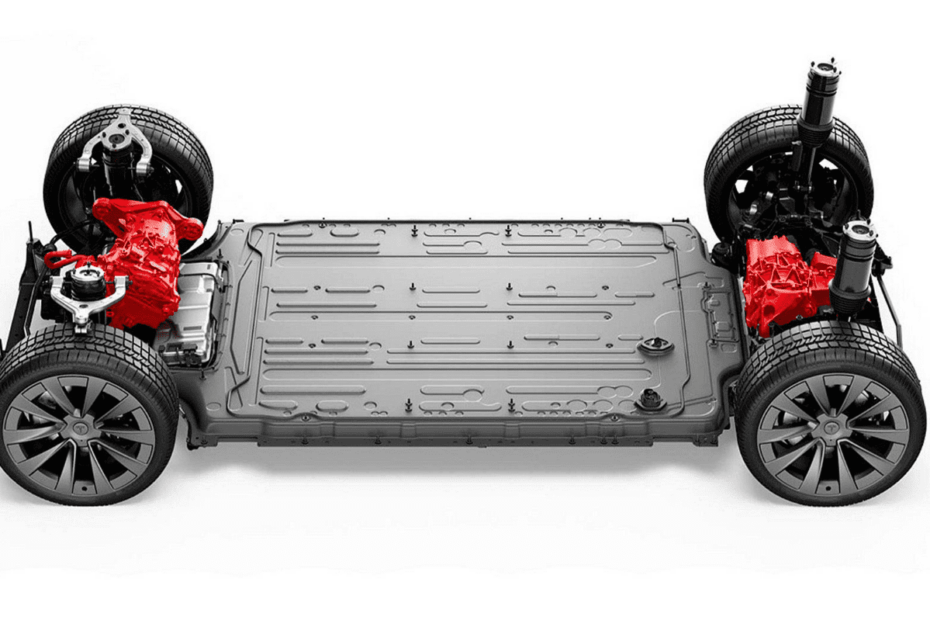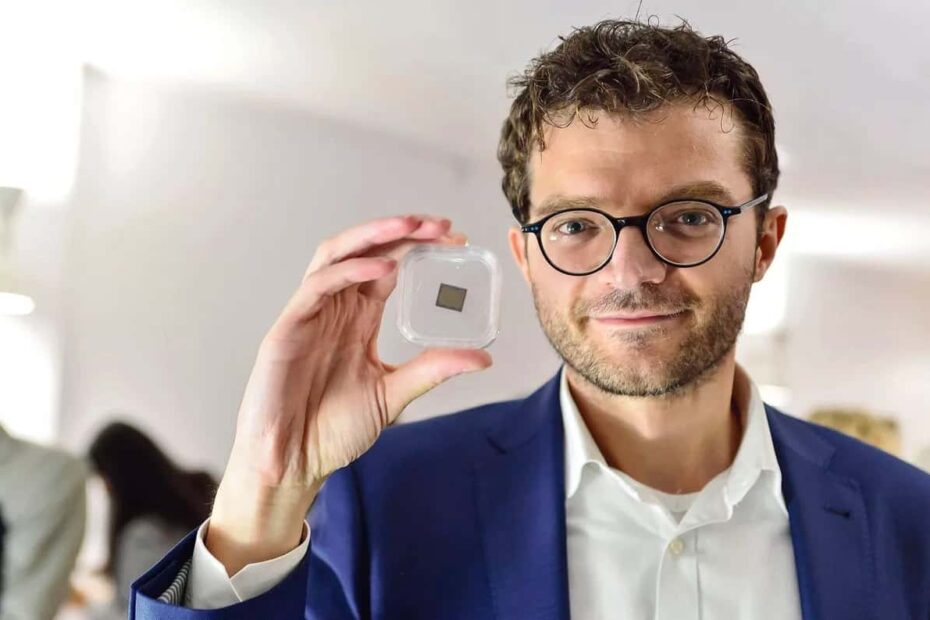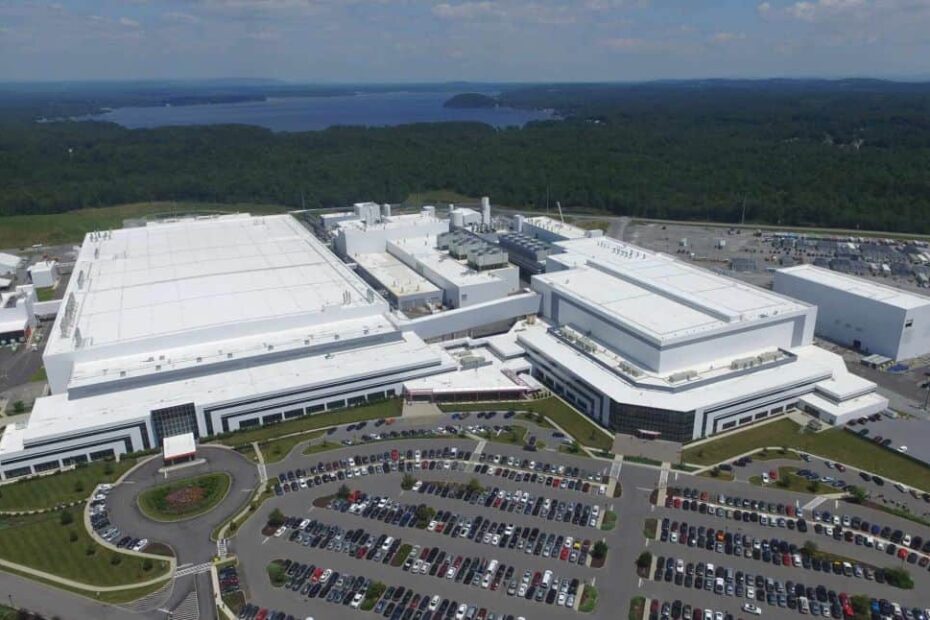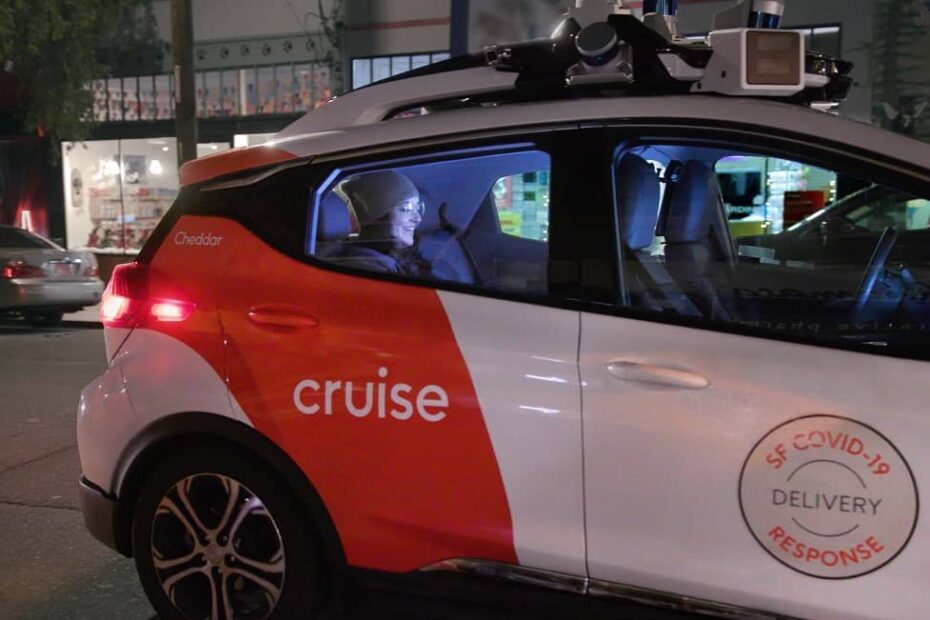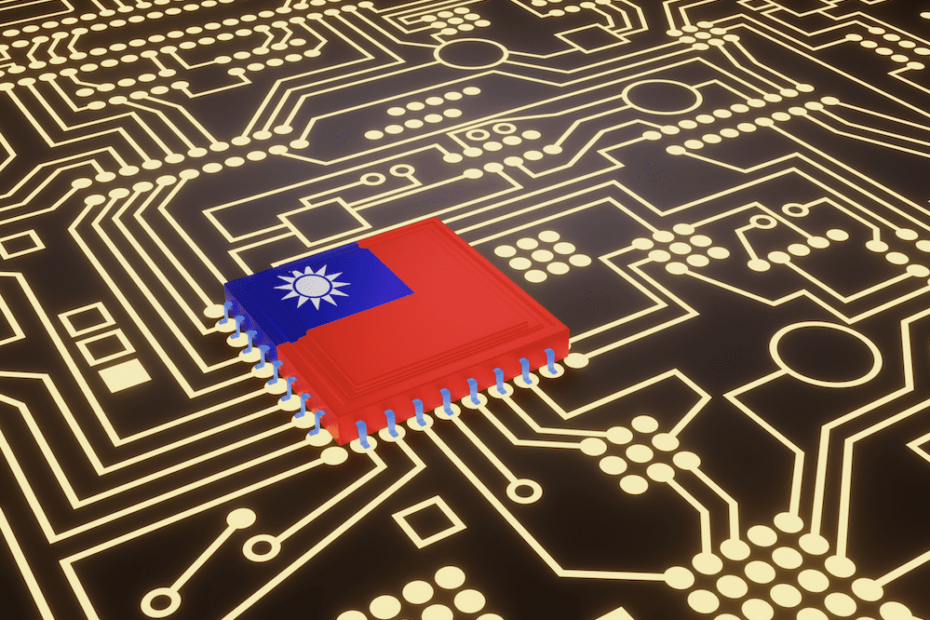Microchip: Riding RISC-V All the Way to New FPGA Platform
By Junko Yoshida
What’s at stake:
RISC-V’s open-standard instruction set architecture has already proven an effective underlying technology for designers seeking differentiated microcontrollers/microprocessors. Will RISC-V find a new home in FPGAs? Microchip believes it has the answer.
Microchip is enjoying a market resurgence for its FPGA products.
Originally developed by Actel Corp., later acquired by Microsemi (October 2010), and now owned by Microchip (May 2018), the peripatetic FPGA is known for its immunity to single event upsets and for military-grade reliability. Those attributes have opened opportunities for Microchip’s FPGAs in avionics, military, and medical electronics markets.
Read More »Microchip: Riding RISC-V All the Way to New FPGA Platform

